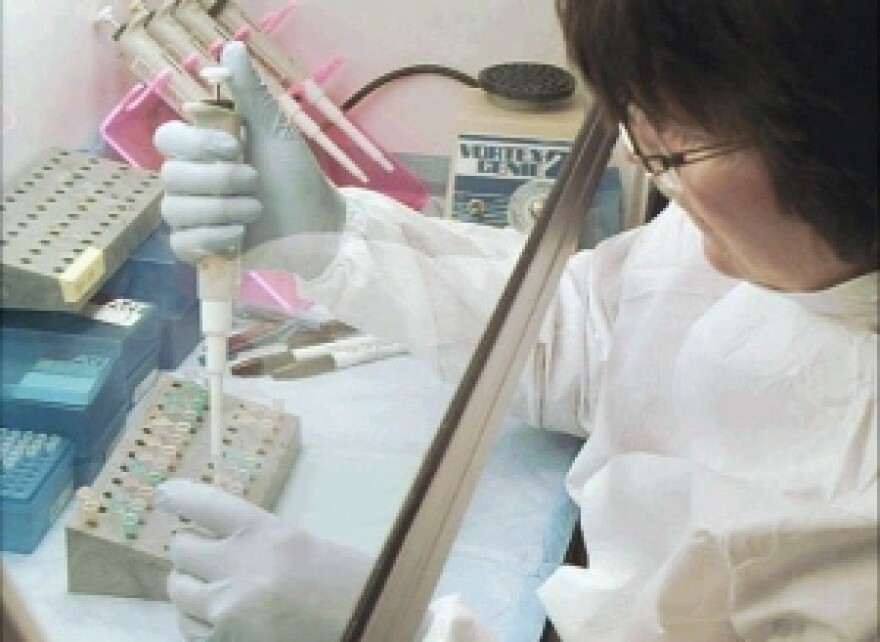Eleven companies have been awarded a total of $1.9 million in funding to explore new technologies to increase energy efficiency in New York State buildings while helping to grow business in the building construction sector.
The third of six rounds of funding under the New York State Energy Research and Development Authority’s Advanced Buildings Program will provide a total of $25 million through 2015. NYSERDA is partnering with manufacturers, research scientists, building owners and property managers interested in developing and applying new and emerging energy-efficient technologies.
NYSERDA's Joseph Borowiec says "Buildings in New York State consume 62 percent of the energy in the state and are responsible for 50 percent of the greenhouse gas emissions, so through this effort we're trying to improve the efficiency of buildings in New York State both new and existing and make New York a cleaner, greener state."
$700,000 in funding is earmarked for three New York City companies:
ThinkEco is working on a WiFi-based smart thermostat for room air conditioning units.
Bluestone will design, build and examine the benefits of homes constructed of autoclaved aerated concrete, and Urban Electric Power is developing a special type of battery to work alongside Siemens’ building energy management platform.
Pasquale Strocchia is president of Integral Building & Design in New Paltz, which will use $188,000 in NYSERDA funds for building projects involving DER, a new type of deep-energy retrofit technique that takes older, drafty houses and makes them as efficient as a home with modern design and insulation. "Deep energy retrofits are an opportunity for reduction of energy use in homes by more than 60 to 70 per cent, given the needs for both energy efficiency, energy dependence, energy security, and just lowering the cost of utility uses for homes.”
Vertex Companies of Kingston receives $100,000 for development of a chemical tracer tool used to assess air distribution in buildings. Cliff Cooper is Vertex's senior industrial hygienist. "NYSERDA has given us an applied research grant to further develop a technology that we've been experimenting with since 2005 to use a green chemical tracer for tracing air movement in buildings."
Cooper says the Vertex technology uses "natural" chemicals and has the potential to replace a chemical that is currently the industry air tracer standard. " Sulfur hexafluoride has been determined by the International Panel on Climate Change and the EPA to be the number one global warming chemical." Cooper adds the Vertex tracer is capable of taking more accurate rapid measurements of airflow and could lead to improved efficiencies in new and existing buildings.
In the Capital Region, Thermal Solution Resources of East Greenbush has been granted $223,000 to continue work on new methods for printing highly conductive circuitry directly on plastic modules. TSR is collaborating with Rensselaer Polytechnic Institute and Rochester Institute of Technology to bring the advanced design to commercial production.
United Semiconductors in Rensselaer is receiving $100,000 to reduce flicker in LEDs.
Troy-based Vital Vio will receive $300,000 to install, demonstrate and evaluate its visible light disinfection and general illumination light-emitting diode lighting systems at the Albany-Stratton VA Hospital and Mt. Sinai Medical Center. Company co-founder James Peterson: "We developed and are now commercializing an LED technology that replaces regular overhead lighting with a new kind of lighting we've developed that kills bacteria at the same time. We're able to offer high quality LED white light. What we do is we include a very specific area of the visible spectrum that's capable of killing bacteria but not people or animals or plants." Vital Vio's lighting and disinfection systems are expected to reduce hospital-acquired infection rates along with improving hospital energy efficiency.
Clarkson University in the North Country and Syracuse University in central New York will receive $100,000 each to help fund existing research projects. Statewide, NYSERDA is giving Lawrence Berkeley National Laboratory $100,000 to research a cost-effective, low-emission burner for natural gas on-demand water heaters.





